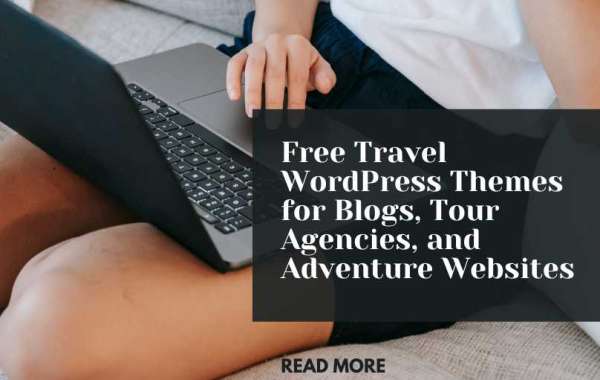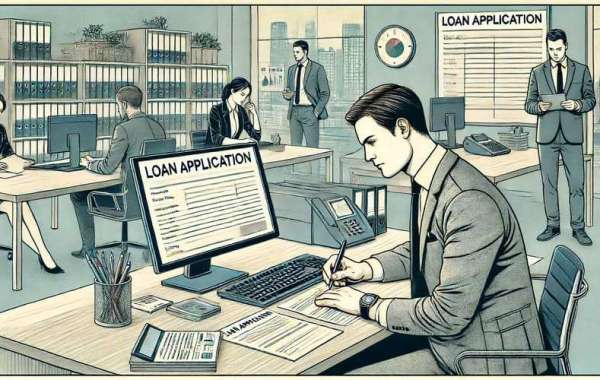Introduction: Is It Really Possible to Buy a House with No Money Down?
Yes, it’s absolutely possible to buy a house with no money down! While it might sound too good to be true, there are several strategies and government-backed programs that allow eligible buyers to purchase a home without a hefty upfront payment.
In this article, we’ll explore how you can buy a house with no money down, what options are available, who qualifies, and what to watch out for during the process.
What Does “No Money Down” Mean?
A “no money down” home purchase simply means that the buyer does not have to pay a traditional down payment upfront. In most conventional loans, buyers are expected to pay anywhere from 3% to 20% of the home's price as a down payment. For a $300,000 home, that’s $9,000 to $60,000!
But with no-money-down programs, that initial barrier is removed—making homeownership accessible even to those with limited savings.
Who Can Buy a House with No Money Down?
While no-money-down programs are real, not everyone qualifies. These programs are typically geared toward:
First-time homebuyers
Veterans or active-duty military members
Low- to moderate-income buyers
Buyers in rural or less populated areas
Those with strong credit and stable income
1. USDA Loans: Rural Housing with No Down Payment
The U.S. Department of Agriculture (USDA) offers home loans to buyers in eligible rural areas through its Rural Development program.
Key Benefits:
No down payment required
Low interest rates
Flexible credit guidelines
Who Qualifies?
Home must be in a USDA-approved rural area
Income must be within area limits (varies by location and family size)
Buyer must occupy the home as a primary residence
Tip: Use the USDA eligibility map online to check if your target location qualifies.
2. VA Loans: For Veterans and Military Members
If you’re a veteran, active-duty service member, or part of the National Guard, you could qualify for a VA (Veterans Affairs) loan.
Key Benefits:
No down payment
No private mortgage insurance (PMI)
Competitive interest rates
Relaxed credit score requirements
Who Qualifies?
Eligible service members or veterans
Surviving spouses (in some cases)
Proof of service via a Certificate of Eligibility (COE)
Note: VA loans are available only for primary residences.
3. Down Payment Assistance (DPA) Programs
Many states, cities, and nonprofits offer Down Payment Assistance (DPA) programs. These programs can cover all or part of your down payment and sometimes closing costs.
Types of DPA:
Grants (you don’t pay them back)
Forgivable loans (often forgiven after 5–10 years)
Deferred loans (repaid when you sell or refinance)
Who Qualifies?
Often for first-time buyers
Must meet income and purchase price limits
Usually must attend a homebuyer education course
Pro Tip: Check with your local housing authority or real estate agent for local programs.
4. Lease-to-Own Options
If traditional loans aren't accessible, a rent-to-own or lease-to-own agreement might work. This allows you to rent a home with the option to buy later.
How It Works:
A portion of your rent goes toward the future purchase
You agree on the purchase price up front
You typically pay a small “option fee” instead of a down payment
Good For:
Buyers who need time to save or improve their credit
Those unsure about buying immediately
Caution: Always get a real estate attorney to review the lease-purchase contract.
5. Negotiate with the Seller
In a buyer’s market, sellers may be willing to help with closing costs or even cover your down payment through a seller concession.
How It Helps:
Reduces your out-of-pocket expenses
May combine with DPA or low-down-payment loans
Tip: Work with a skilled agent who can help you negotiate favorable terms.
6. Gift Funds from Family or Friends
Many lenders allow gift funds to be used for the down payment or closing costs. This must be a true gift, not a loan you’re expected to repay.
What You’ll Need:
A signed gift letter from the donor
Proof of funds transferred
Note: Lenders may verify the source of these funds, so documentation is crucial.
7. Low Down Payment Loan Programs
While not technically “no money down,” some programs offer as little as 3% down, which can be paired with DPA to effectively eliminate out-of-pocket costs.
Examples:
Fannie Mae’s HomeReady
Freddie Mac’s Home Possible
FHA Loans (as low as 3.5% down)
Pros and Cons of Buying with No Money Down
Pros:
Makes homeownership accessible sooner
Keeps your savings for emergencies
Can help you build equity instead of renting
Cons:
Higher monthly payments (since loan amount is larger)
May require mortgage insurance (except VA loans)
Less instant equity in the home
Watch Out for These Common Mistakes
Even if you can buy with no money down, avoid these small business mistakes many first-time buyers make:
Not budgeting for closing costs – These can be 2%–5% of the home’s price
Ignoring maintenance costs – As a homeowner, repairs are your responsibility
Buying more than you can afford – Just because you qualify doesn’t mean you should max out
Not shopping around for mortgage rates – Even a small difference in interest can cost thousands
Final Thoughts
Buying a house with no money down is possible—especially if you’re eligible for a USDA or VA loan, or you take advantage of down payment assistance programs. The key is understanding your options, staying realistic about what you can afford, and working with the right professionals to guide you.
Important Links
Tampines Street 95 EC Developer
Tampines Street 95 EC Project Details
Tampines Street 95 EC Location
Tampines Street 95 EC Site Plan
Tampines Street 95 EC
Tampines Street 95 Executive Condo
Tampines Street 95 Executive Condominium
Tampines Street 95 EC Project Details
Tampines Street 95 EC Location





